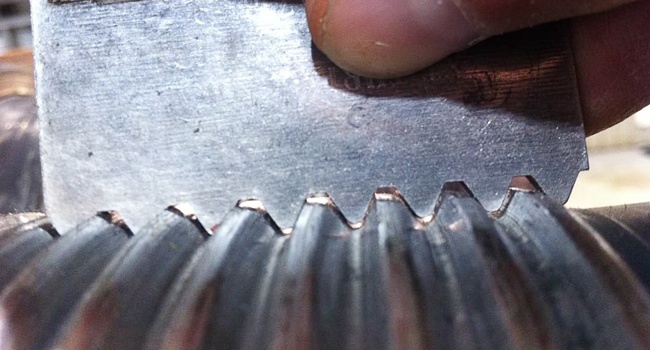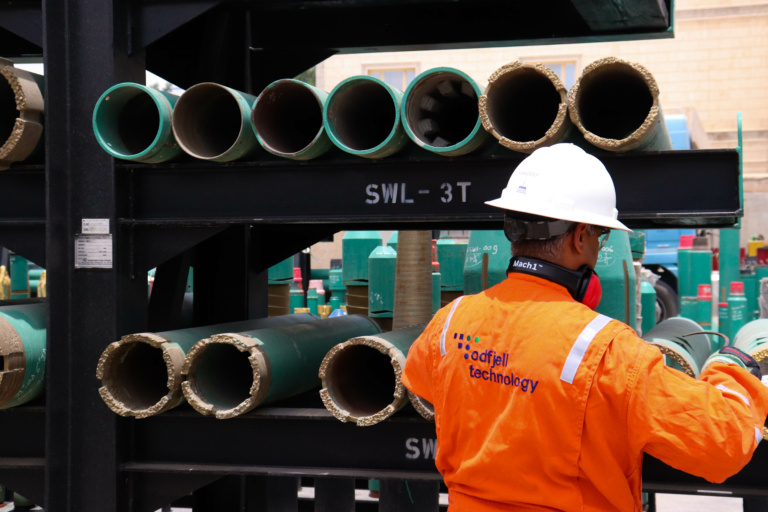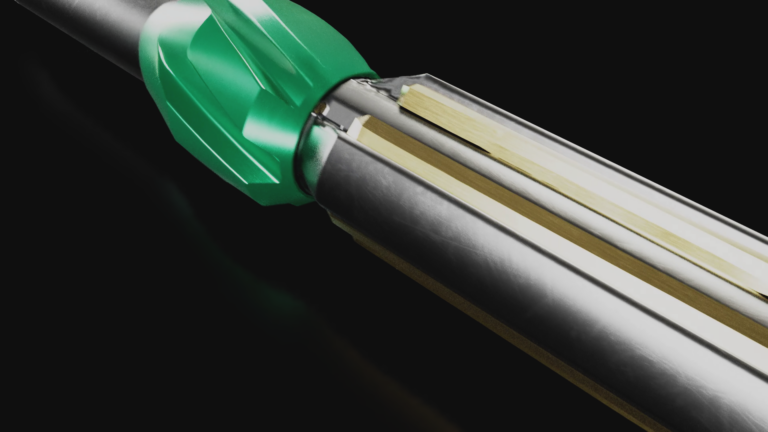How to avoid overtorque of drill pipe
As the ancient Babylonian adage goes, the gods do not deduct from man’s allotted span the hours spent in fishing. Fishing for broken-off drill strings in wellbores, however, is another business. In this blog post I’d like to address a common cause of twist-offs, namely overtorque of drill pipe.
When drilling a well, you need to know where you’re going and what to expect down there. The deeper you drill (deviation), the greater the well torque. Depending on what kind of drilling operation you are performing and the anticipated well torque (as specified in the spec sheet), you determine your make-up torque.
Most drillers (and directional drillers) rely on empirical data when doing this, but as I am going to explain to you in the following paragraphs, that is not always a very good idea.
> Read also: The difference between standard and high torque connections
Determining the optimum make-up torque
Every drill pipe string comes with a spec sheet that contains data about its tension capacity, torque capacity etc. These values give us an indication of what the drill pipe can handle both as brand new and when it is premium.
A string performance is calculated based on the type of connection, the OD’s & ID’s and the material yield. When the OD (outer diameter) of your drill string is reduced due to wear & tear, capacity usually decreases.
The recommendation we give OWS customers is to apply maximum make-up torque, and not to exceed that. As a rule of thumb, maximum make-up torque is 60% of torsion capacity (for API connections).
The worst thing you can do is to apply too little make-up torque. What might happen then is that when you go down in the hole and reach a certain torque (due to the resistance in the well), the string will start to produce additional make-up, and then you don’t know what you have – which is a typical scenario for overtorque.
This is why we recommend that you apply maximum makeup torque (optimum). To secure an optimal result, check the performance data on the spec sheet. Pay close attention to the latest inspection report of the tool joints, and identify the most worn. Based on this weak link you recalculate your make-up torque.
Typically it will be higher than the premium value of the spec sheet.
When we have recalculated the connection performance, we can also perform a combined load analysis. This analysis will tell us what the string can bear in terms of tension and torsion, based on the new “optimum” make-up torque, and what the minimum make-up torque should be, in order to prevent the string from additional make-up in the wellbore due to well torque.
Another important issue that you need to consider is what kind of dope you are using with regards to its friction factor. This information is usually printed on the box or included in the accompanying data sheet. If the friction factor equals 1, you do not need to consider it. If it is more or less than 1, you must multiply that number with the make-up torque in order to get the correct value.
Consequences of not following best practices
Not knowing your exact make-up torque and capacity, might leave you with a fish in the hole. You might also encounter difficulties with disconnecting the drill pipe stands on the drill floor. This is expensive – as the equipment might need to be recut or replaced in order to function.
This is not an uncommon problem. Many drilling professionals make blunders here, trusting their experience instead of doing the math. It is not uncommon to hear statements like, «Yeah, but I usually apply 30.000 on that connection», while not having a clue as to where that number comes from.
Lazy drillers put their trust in «good empirical numbers» that they have jotted down in their logbooks, where they determine make-up torque based on which connection type they are dealing with. Don’t be a lazy driller – take into account parameters like OD/ID of the tool joint and the material yield, and you will increase the possibility of success.

By: Frode Bjørheim
Frode Bjørheim is a specialist in drill pipe standards and lifting equipments with more than 30 years’ experience in the oil & gas industry, both offshore and onshore.



